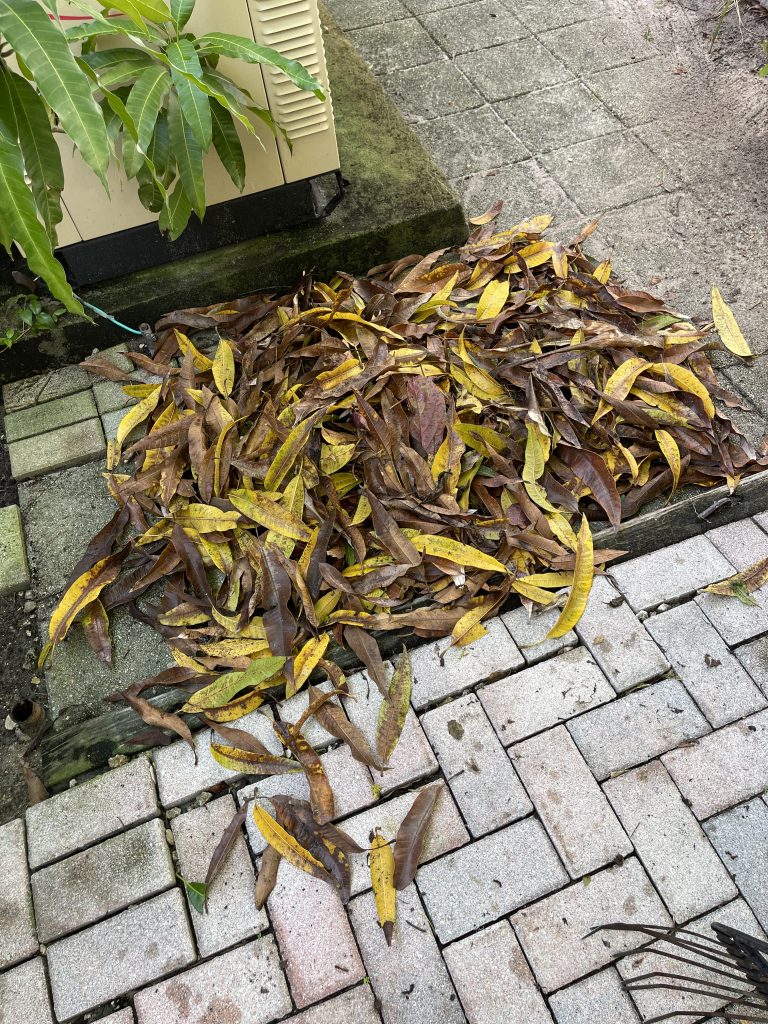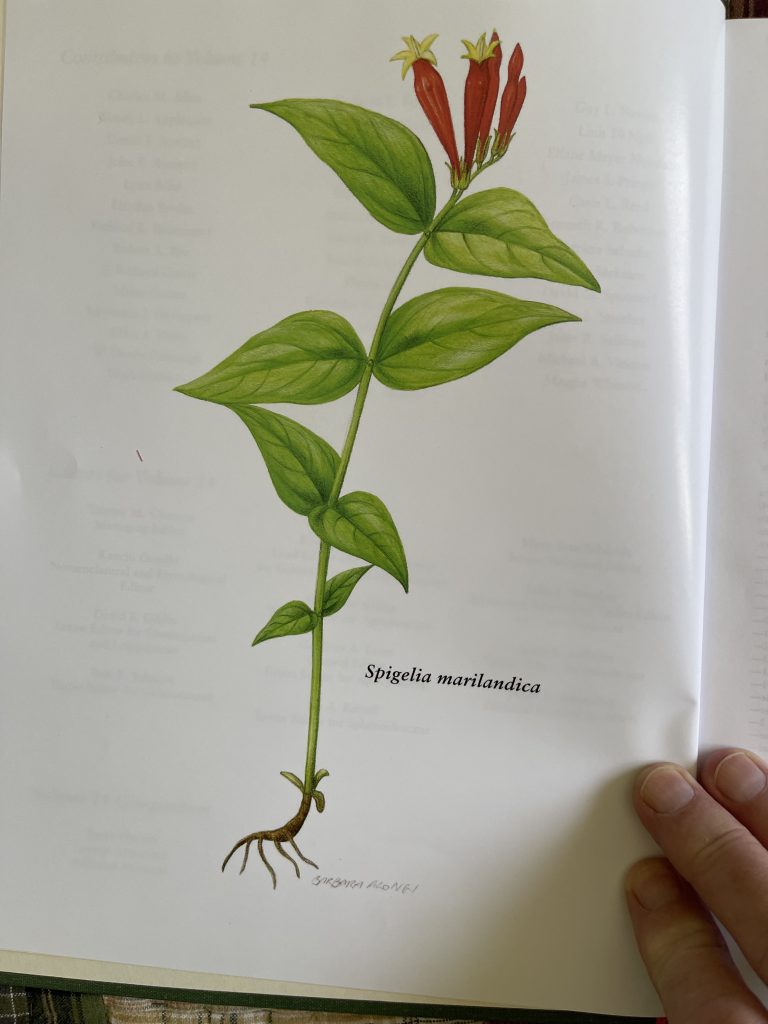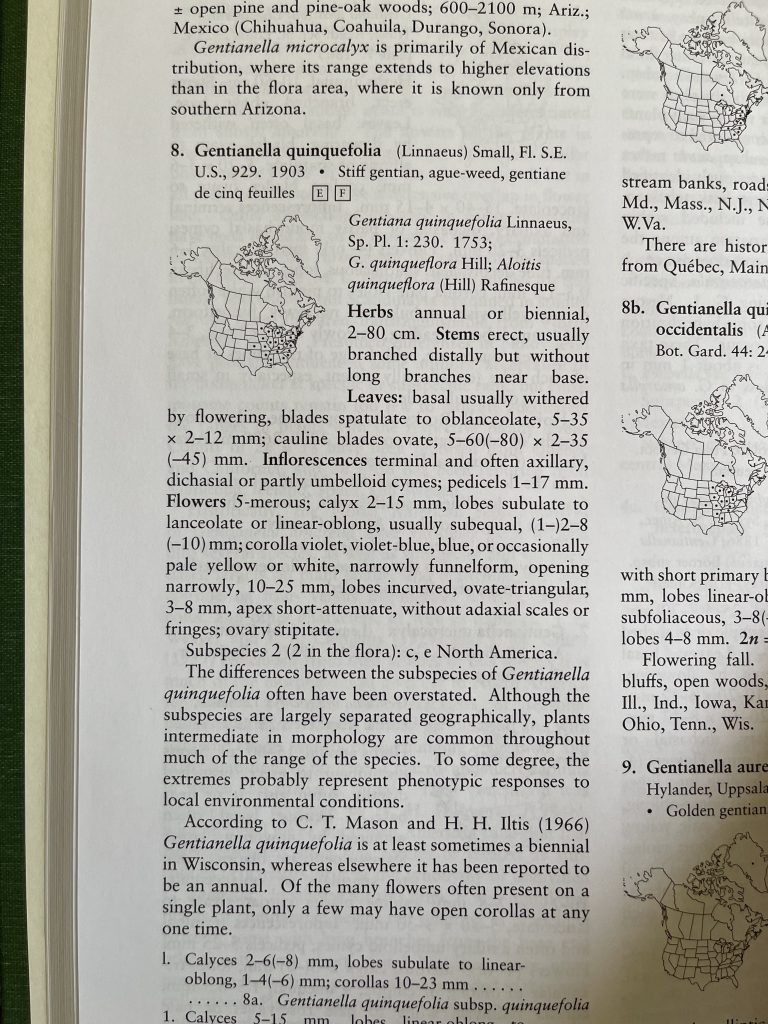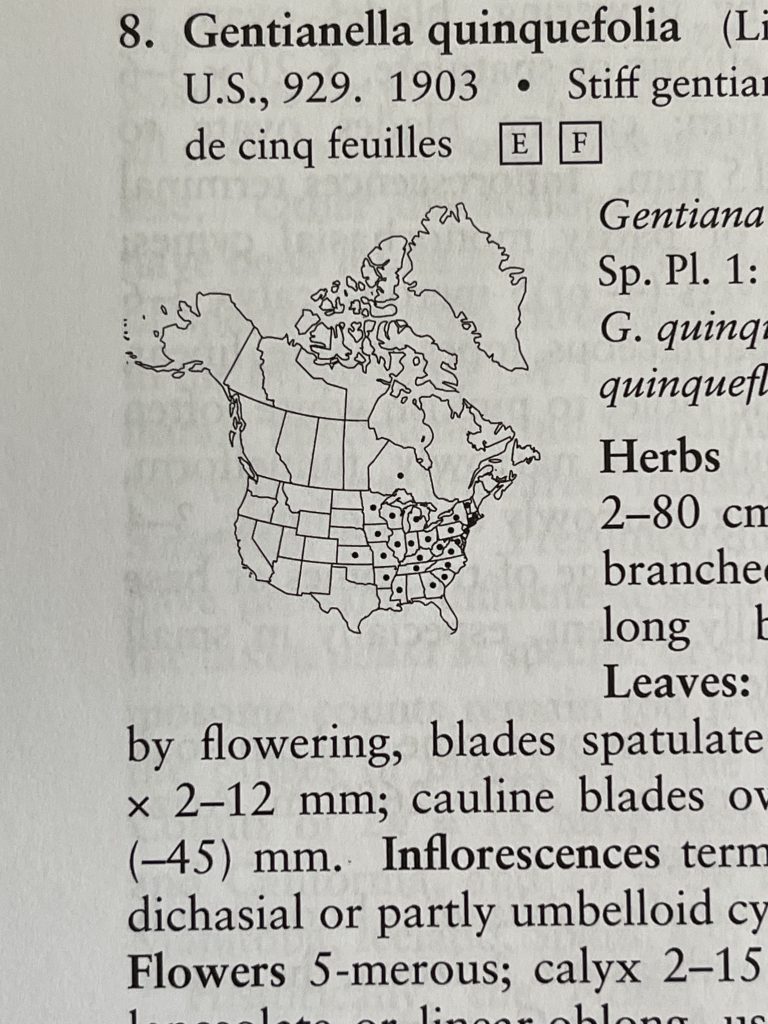11 August 2023

Just how many leaves can a mango shed? It’s gotten to be a weekly thing and it’s been going on since June. The mango never sheds its leaves all at once. Instead, it’s evergreen like a pine tree. Pines shed their needles continuously. However, there are periods where leaf drop is more common. I’ll just keep on raking’.
After raking the leaves this morning, I swept the walkway and then cleaned the pool filter. I was worried I wouldn’t be able to attend to the pool since a wet pool filter weighs a good bit and I need to be cognizant of those stitches from the two surgeries. I seem to be able to lift it without too much bother. No stitches popped.
From there it was check the pool chemicals and then wash down the patio and pool deck. By the time I finished (around 10:30 am) it was getting really hot and I was getting really dizzy. I would have sat down but I had also sprayed the patio table and chairs and they were still wet. I decided spraying herbicide in both the front and back yards could wait for another day. Besides, I needed to go pick up a prescription at Walgreens.
While at the pharmacy, I asked the pharmacist if Walgreens was indeed administering the RSV (Respiratory Syncytial Virus) vaccine. Yes they were. However, she said I needed to check with my insurance company to make sure they will pay because it is rather expensive without insurance ($358). I must have been nice to her because she actually agreed to look it up on her computer and yes, Medicare and United Healthcare (AARP) will cover it at no cost.
Of course, with me starting chemotherapy, being diabetic, and having high cholesterol, I’m a prime candidate to get RSV. Just what I don’t need. The vaccine doesn’t seem to have many side effects other than soreness at the injection site (the pharmacist’s word, not mine).
Earlier this year, the Flora of North America (FNA) project produced another volume. When finished (if ever) it will be 30 volumes with the 30th volume a cumulative index. I now have 24 of the 30 volumes. Six remain to be published. It began in 1982 at a meeting at the Missouri Botanical Garden. You have to realize this was before extensive DNA testing was available and even when it did become available, you had to collect massive amounts of DNA (in this case from dried plant species) before you could analyze the DNA sequence of a species.
Along came Kary Mullins with something called polymerase chain reaction (PCR) in 1986 which allowed the tiniest bit of DNA to be replicated into significant amounts for analysis. What I’m getting at is that the early volumes of the Flora of North America project distinguished among species by gross morphology and did their best at trying to show relationships among plants using gross morphology. DNA analysis changed everything, so that since the 1990’s, volumes printed by the FNA project have been based not on gross morphology (tedious measurements and gross characteristics) but on how closely one plant’s DNA is to another. It has significantly changed plant families, genera and species from the previously accepted classifications.
I suspect that once all 30 volumes are published (hopefully in my lifetime) the FNA project will have to go back and revise numerous early volumes with information provided by DNA analysis.
This is a long introduction to let you know that I ordered the two latest volumes sometimes in February at $120 each. One of the volumes was split into two books so that meant $240 for one volume and another $120 for the second. There was some mix up with FNA and they sent me duplicate copies of the two book volume. I had to send one set back with an explanatory letter.
Later, they replied I had been given credit for the extra set. I still had not received the second volume I ordered at the same time as the other volume. I kept waiting but never saw it.
On the way out of the house yesterday to go to Dr. Burgers, I noticed something odd about the steamer trunk in front of my front window. There was a brown rectangular package sitting there. I didn’t put it there. So, either Holley or Barb saw it and placed it there or it ghosted itself through the walls and took up residence. Either that or I was still so out of it, they told me about it and it didn’t register. It was the missing volume. FNA also charged me for the volume (another $120) so I’ve got to check about the credit I’m supposed to have.

In reality, I’m just a bibliophile. I want the books in house. Most of the volumes are available from the FNA project website in an online version. There’s just something about turning the page of a book.

With iPhone now able to fairly accurately identify plant species and with several apps available that do the same, you would only need the volumes to confirm your identification by reading detailed descriptions. The volumes also provide maps of the US and Canada to show you where a species has been collected and identified so if your see your iPhone identify a plant as a species found only in Oregon and you took the photo in Orlando, iPhone probably got it wrong.


Enough botany talk! Stay tuned!
